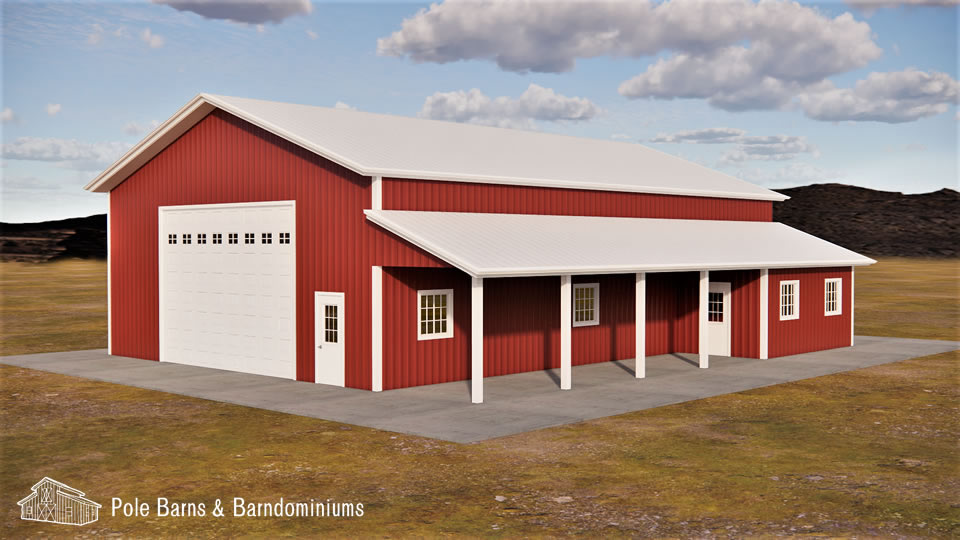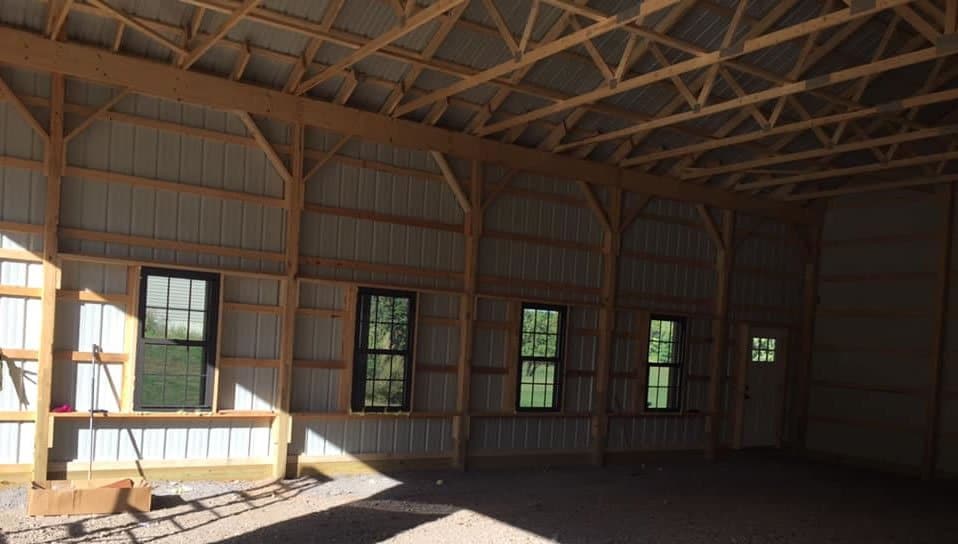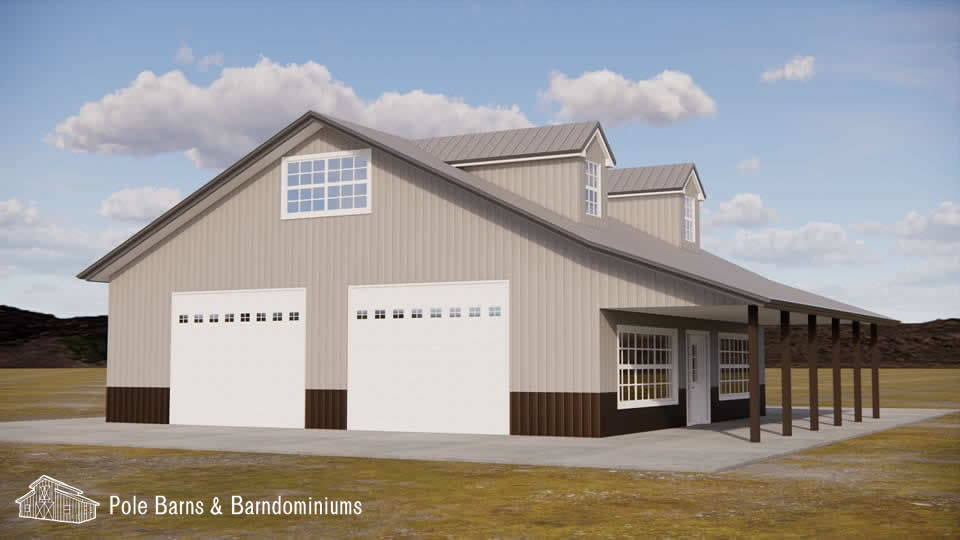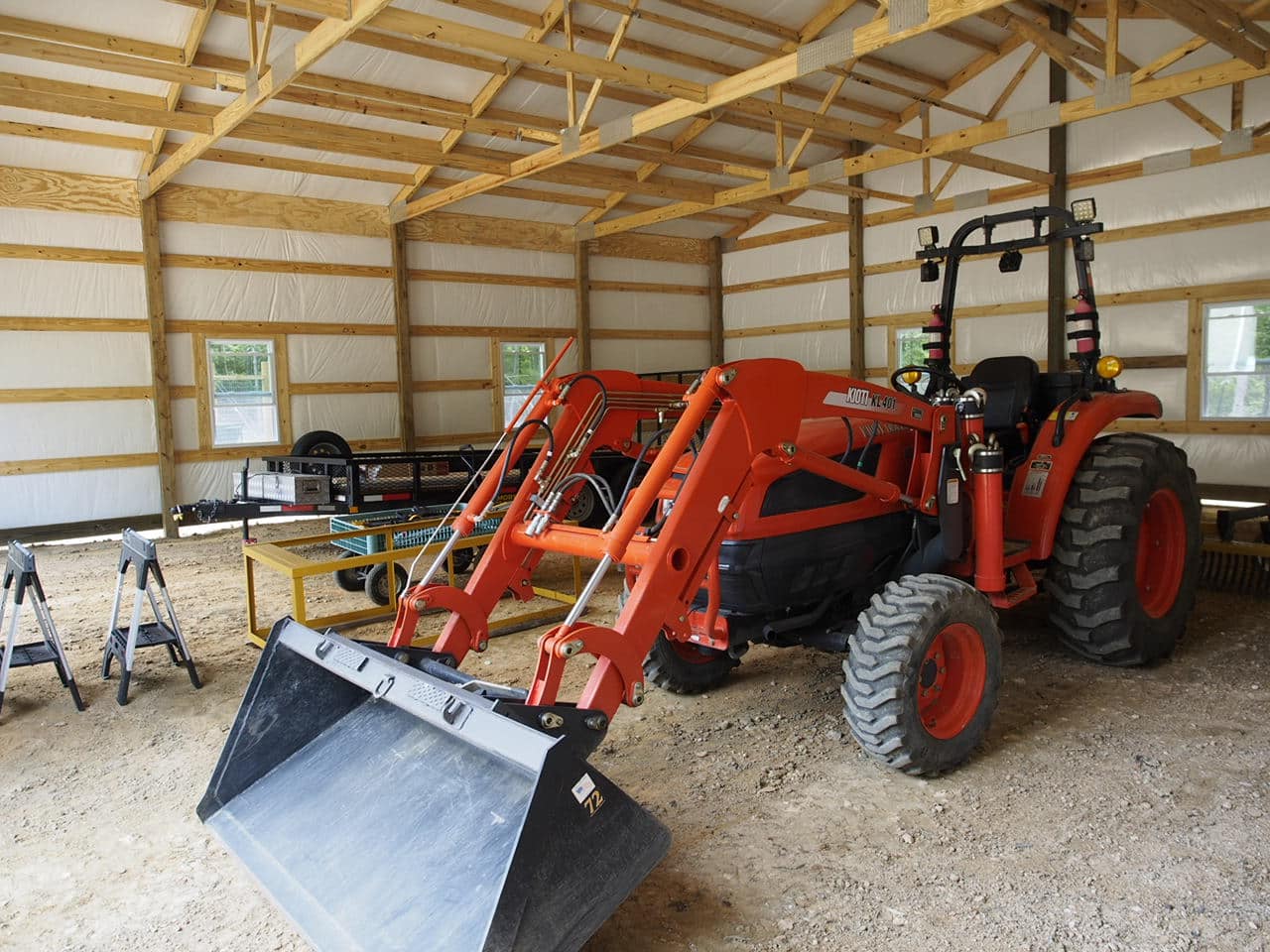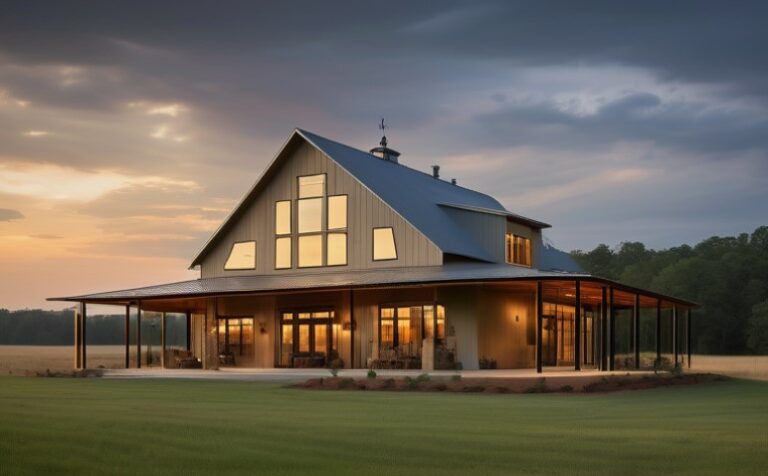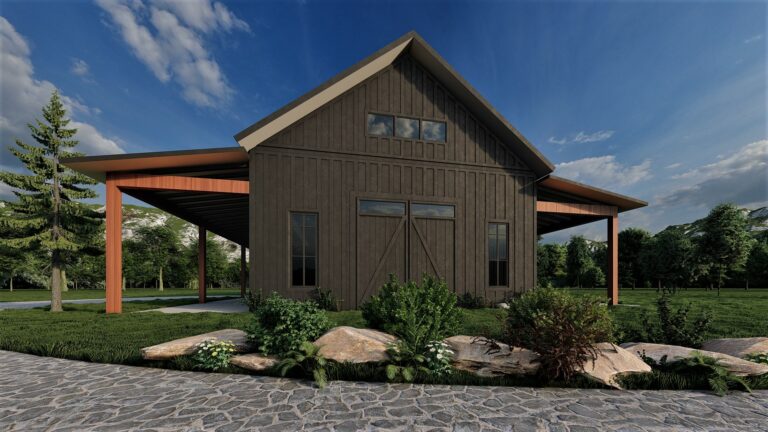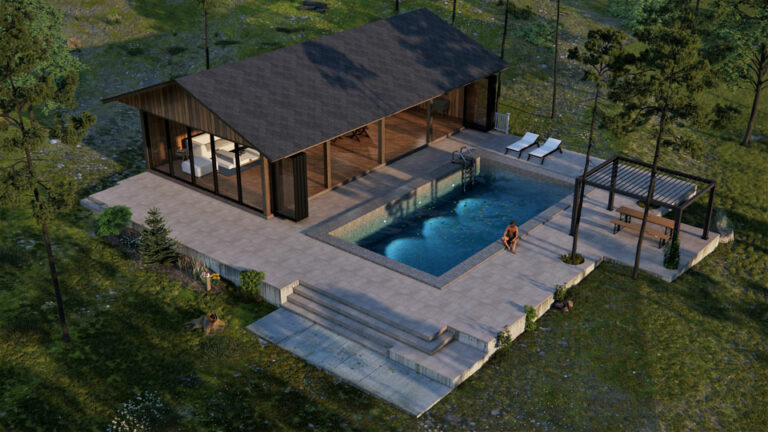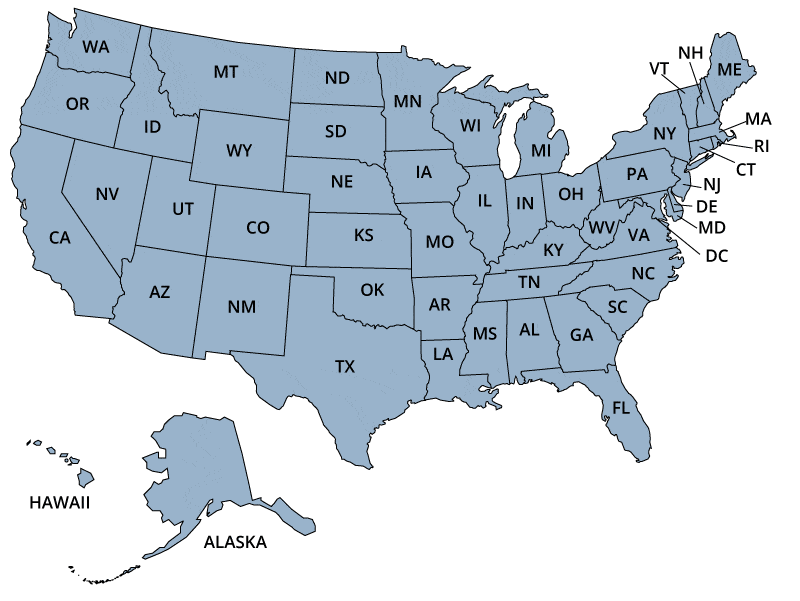Pole Barn Sizes – How large or how small the pole barn you’re trying to build is one of the most difficult things to determine. To have an idea of the size that best fits your needs, you may check out post-frame galleries on various websites all day. Yet, remember that pole barn was custom built for the needs of somebody else.

Connect with multiple Suppliers.
Do you want quotes for a metal or wood building?
Connect with multiple Pros.
Do you want quotes for a metal or wood building?
Connect with multiple Suppliers.
Do you want quotes for a metal or wood building?
You can easily decide what size your customized pole barn would be by finding out first the function of your post-frame building.
- Would you like to have living quarters?
- Do you want a hobby space?
- Will you need a room for additional storage?
While you can always start small knowing that you can make additions to post-frame buildings later, know that it could end up an expensive undertaking. Maybe you’re trying to build larger than your projected needs, but perhaps you’re going to end up with pole buildings space you’re never going to use, and that money you invested has been wasted.
To get the most out of your money, considering every factor upfront is the best thing to do. A post-frame building is a huge investment, so it’s understandable that you only want something that exactly matches your Pole Barn Sizes need – no more, no less!
For that reason, below is a compilation of some popular Pole Barn Sizes for residential purposes to help you decide which one is right for you before constructing the post frame. Keep reading to know about our most common residential post-frame Pole Barn Sizes and which one is better suited to the purpose of your pole barn.
What residential pole barn style are you looking for?
Of the following, what kind of residential barn design suits your vision?
- Room for Recreation
- Leisure Space
- Space Storage/ Garage
- Hobby Store/ Hobby Barn/
- Shouse/ SHome
Since the first step is to find out which sort of pole barn you need, you can now have a sense of what is going on in your post-frame building so that you can decide on the Pole Barn Sizes.
But just looking at the things in your pole barn doesn’t seem to do justice to you. What if you could already see what you were bringing in your pole frame building even before you called for a quotation?
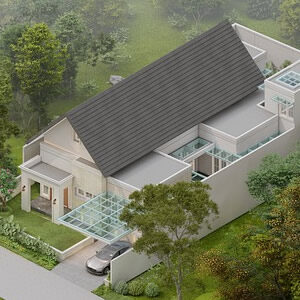
Need An Architect For Your Pole Barn? Compare Architect Prices and Save!
Simplify your research by letting us do the work for you.
The first step of our digital design tool helps you to build a 2D pole barn online, right from the comfort of your own house. You can install cupolas, windows, overhead doors, overhangs, and porches, to enable you to know what your pole barn would look like in real life.
The second step helps you to build your pole barn’s interior. Depending on the post frame construction design you want to create, you may add RVs, vessels, tool benches, furniture, and so on.
The best thing is that these things match on a scale. You can change the sizes as necessary to ensure that you get the most precise fit. Realizing this long in advance will most likely help you decide the most accurate size you’re going to need to build.
Now let us try looking at every design and the Pole Barn Sizes of the most popular residential pole barn.
Recreational Area DIY Pole Barns
For sports lovers, what smart alternative is available to enjoy your favorite sports all year round than a leisure pole barn?
Although the most preferred choice is the basketball courts, you can also expand your pole barn by building an indoor batting cage. You can likewise create an indoor tennis court within a pole barn in case tennis is more of your style. Regardless of what route you choose, your recreational pole barn will undoubtedly stand out!
Even during the winter season, you can play your sports comfortably as your pole barn can be insulated. And rather than being co-opted all winter, you can now have a spot of your own to go back to practice or burn some excess energy.
Most Common Pole Barn Sizes for Recreational Area
Leisure Area Post Frame Building
If you’re the one who loves having fun but does not have a place to accommodate relatives and friends comfortably, did you think of a residential pole barn to repair the bump?
A pole barn will be ideal for family and friends to get together. The open concept makes it possible for everybody to meet in one place without feeling isolated, and this allows for quick interaction. Your pole barn can also be insulated so that you could have fun all year round.
Most Popular Pole Barn Sizes for Leisure Area
- 50 x 80
- 50 x 60
- 20 x 40
Equipment Storage Area / Pole Barn Garage Building
Getting a one or two-car garage is sometimes not suitable for larger families, particularly when most of the members drive their vehicles. This does not leave extra space for stuff such as storage cabinets, farm equipment, racks or hobby toys such as ATVs or snowmobiles.
What could happen if you have larger hobby toys like an RV or a boat? In the absence of more space to put them, they probably are sitting in the elements and suffer possible damage. Getting a pole barn building to store your toys means that they are better secured with pole garages.
Most Popular Pole Barn Sizes for Storage Area/ Garage
- 60 x 80
- 40 x 80
- 50 x 64
Hobby Store/ Hobby Barn
If you enjoy repairing automobiles, wood carving, or doing jobs on the side during your free time, a pole building hobby shop is the ideal place to do it all. Your pole barn hobby store could be everything you would like. But how do you decide on the perfect size?

Need To Add On To Your Existing Structure?
Let us help you find the right contractor fast and easy.
Of course, you would want to make sure you have plenty of room to function efficiently. If your hobby is restoring autos, how many cars can you have at a time in your post-frame hobby shop?
Don’t forget to account for every material and supply you need to get the job done.
It’s the same thing for hobbies such as woodworking. Do you want to create small or large items? Is your machinery and equipment going to take up much of your pole buildings shop, or are you working with limited resources? If you choose to have your work done in a workshop, you need to ensure that this is also accounted for.
Depending upon the type of projects you do, such as welding, maintenance, and cleaning/detailing, the size and amount of tools and equipment necessary may vary. If you’re trying to create a pole building hobby shop for your contract work, it’s essential to know how many jobs you may be working on at a time.
Do not also ignore the opportunities for expansion or development in the coming years. Note that it’s easier to build a pole building bigger now than it is to add further down the line.
Here are the Most Common Sizes for Hobby Barn/ Hobby Shop

SHome / Shouse
You’ll have such a big, open concept to work within a residential barn home, also known as a shome or a shouse. Each area can flow seamlessly into the next room with no distractions from the internal walls. Open concepts make your home feel much bigger as you take advantage of every square foot you can.
Like a traditional home-built stick, a home post frame comes with the following:
- Toilet(s)
- Bedroom(s)
- Washing area
- Dining Space
- Kitchen
- Living Spaces
You may also opt for extra office space or even extra workout room space. These are all important things to remember. Even though it may not be everything you need now, but you’re going to want to do them later. Hence, it is best to consider future Pole Barn Sizes expansion needs now if there are any.
As soon as you can determine how many rooms you’re going to need, you will want to concentrate on the size of the furniture for every room. Getting big furniture in a smaller place will leave you feeling cramped and lacking the freedom to walk around comfortably. You can eventually decide the total size of the pole barn once you know the size of every room you would want.
Most common Pole Barn Sizes for Shome/Shouse
- 70 x 104
- 48 x 104
- 64 x 64
Popular Pole Building Horse Barn Sizes
The most popular size for a horse barn is 30×40. This size provides enough room for 2-3 horses and gives them each about 50 square foot of space.
If you have more than 3 horses, you will want to consider larger-sized residential pole barns. The most popular size for a horse barn with 4-6 horses is 36×48. This size provides each horse with about 75 square feet of space.
For more than 6 horses, we recommend a pole barn kit size of 40×60 or larger. This will give each horse at least 100 square feet of space.
Horse barns can be customized to any size pole barn you need, so if you have a specific size in mind, just let us know and we can build it for you. The most important thing to consider when choosing the horse barns size for your horses is their comfort and safety. Make sure the pole barn is big enough for them to move around freely and that they have enough space to eat and sleep comfortably. And maybe build an indoor riding arena.
What Residential Pole Barn Sizes are you going to build?
Upon reading some of the most common sizes for any kind of residential pole barn, have you now decided which one you’re going to build? We understand that it might seem like a challenging task to decide for the ideal pole barn kits sizes. The good news, however, is that it is feasible. Building DIY pole barns has never been easier with advanced tools like a digital design tool.
We cannot wait to see how you build your residential pole barn. If you choose an extra space garage, make your home, or choose the indoor basketball court you’ve always wanted, we know you’re going to love whatever you choose. Only don’t forget to always build with confidence.
Do you want quotes for a metal or wood pole barn?
When it comes to deciding on the best material for your pole barn, it really depends on your needs and preferences. Metal pole barns have some advantages over wood pole barns, such as being fire-resistant and termite-proof. However, wood pole barns are usually more affordable and can be easier to customize. Ultimately, the decision comes down to what you value most in a pole barn to get the best pole barn kit pricing possible.
Get Pole Barn Prices
If you’re interested in getting pole barn prices for both metal and wood pole barns, we can help you out. Just let us know your preferences and budget, and we’ll connect you with up to four qualified pole barn kit contractors in your area who can provide you with quotes. Get started today and be one step closer to getting the perfect pole barn for your needs!
Form Discussion on Different Pole Barn Sizes
Pole Barn Kit Construction
Pole Barns can be built several ways. You will need to decide which construction method suites your needs and fits on your property.
Traditional Wood
Stick building is a traditional way of framing a barn building. Most custom builders use this as their preferred manner of constructing since they tend to build barns that are unique. Roofs, floor trusses and all framing is, in effect, created on site from individual pieces of lumber.
Pole Barns
Pole barns and garages can be built much quicker than traditionally constructed buildings. When constructed to your specifications, pole garages and post frame buildings are the perfect solution to your storage needs. They are an economical solution residential construction.
Metal Buildings
Metal Buildings are an economical solution for both commercial and smaller residential construction. This style has straight walls with a gable or sloped roofing system. Steel Buildings are an economical option they will save you money and last you a lifetime.

Need An Architect For Your Pole Barn? Compare Architect Prices and Save!
Simplify your research by letting us do the work for you.

